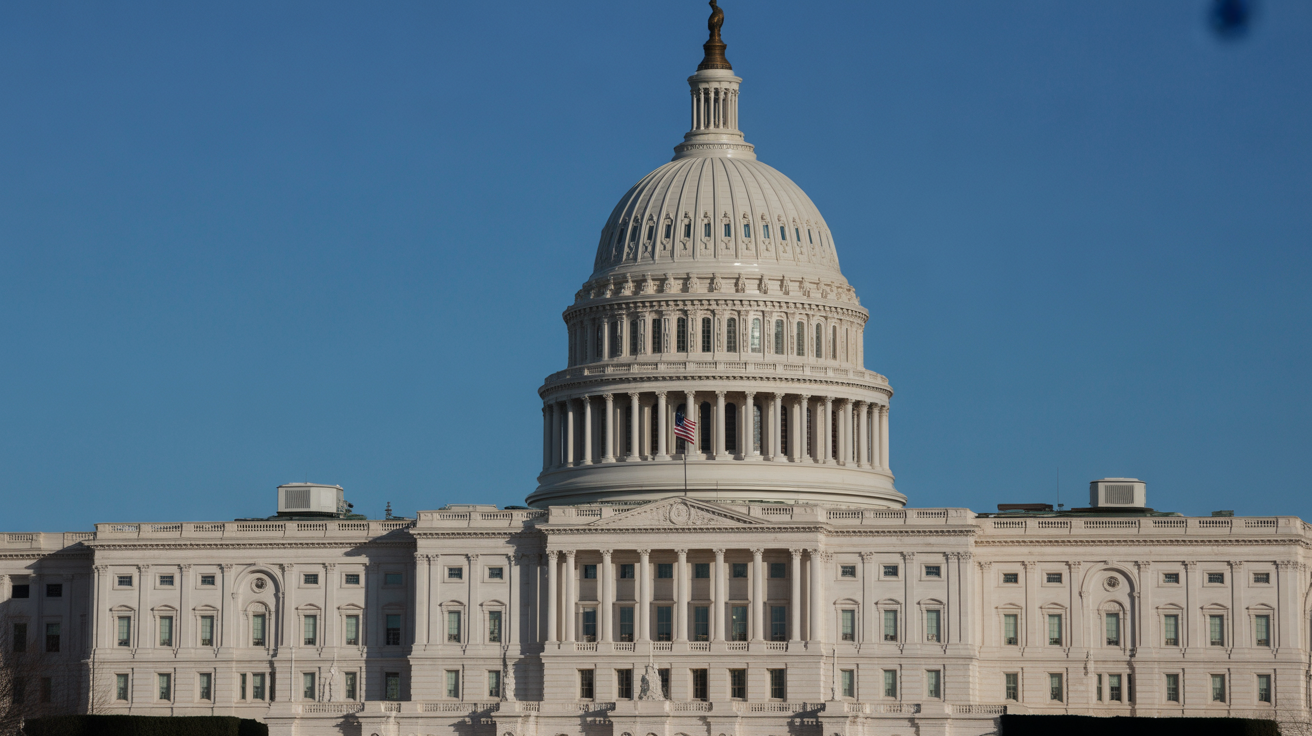After the Federal Reserve’s hawkish tone, Bitcoin options traders are increasingly favoring short-term puts, reflecting growing concern about a potential further slide in the cryptocurrency market.
On Wednesday, the Fed’s decision to cut interest rates by 25 basis points, combined with Chairman Jerome Powell’s cautious remarks on future rate moves, triggered a shift in market sentiment. While the rate cut was widely anticipated, Powell’s comments on the uncertain path of future easing raised alarms, causing risk assets—including Bitcoin—to fall under pressure.
Data from Amberdata reveals that Bitcoin’s seven-day call-put skew has hit its highest level in three months, with put options now commanding significantly higher premiums than calls. This increase in put option pricing signals that traders are seeking downside protection, anticipating further price declines following the Fed’s hawkish stance.
The negative sentiment is also visible in Bitcoin’s one-month skew, where put options are favored over calls, and the premium for longer-dated calls has weakened. This shift in sentiment reflects a growing bearish bias among traders, who are adjusting their positions in response to Powell’s comments and the Fed’s projections.
Bitcoin’s price reacted sharply, dropping from around $105,000 to below $99,000 after the announcement, before recovering slightly to $101,200 at press time. Powell also addressed the idea of a U.S. Bitcoin reserve, stating that the Fed has no intention of participating in any such initiative, a response to President-elect Trump’s suggestion that the U.S. government could hold Bitcoin as part of its national reserves.
Additionally, the Fed’s updated economic projections showed a more gradual pace of rate cuts, with only two expected in 2025, down from previous forecasts. This shift in expectations sent shockwaves through risk markets, with the Dow Jones falling more than 2.5%, and Bitcoin continuing to face downward pressure.
Meanwhile, the U.S. dollar remains resilient, holding near 108 on the dollar index, its highest level since October 2022. The ongoing strength of the dollar could pose further challenges for Bitcoin, as a stronger greenback is often associated with tighter global liquidity conditions, which could further dampen bullish sentiment in the cryptocurrency space.





